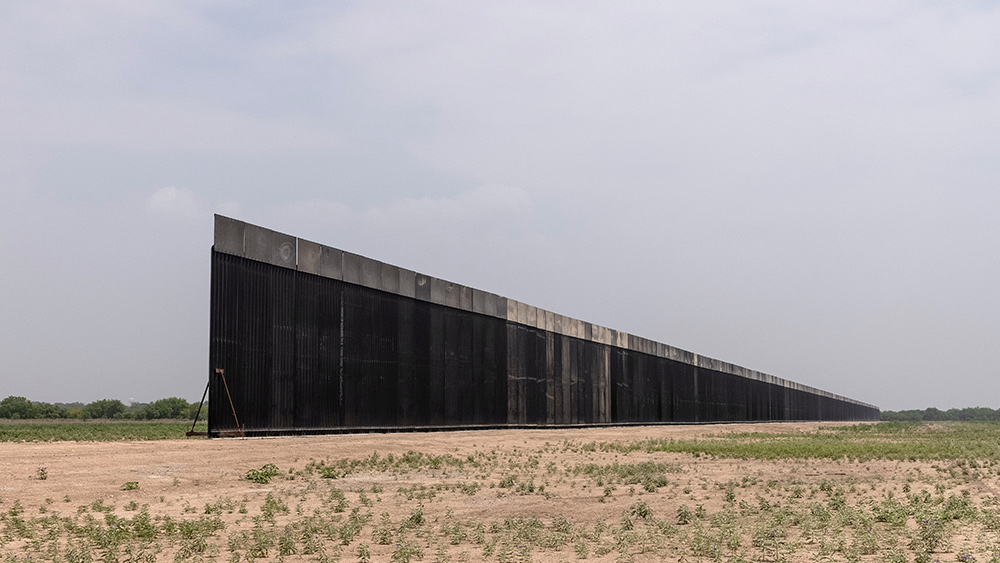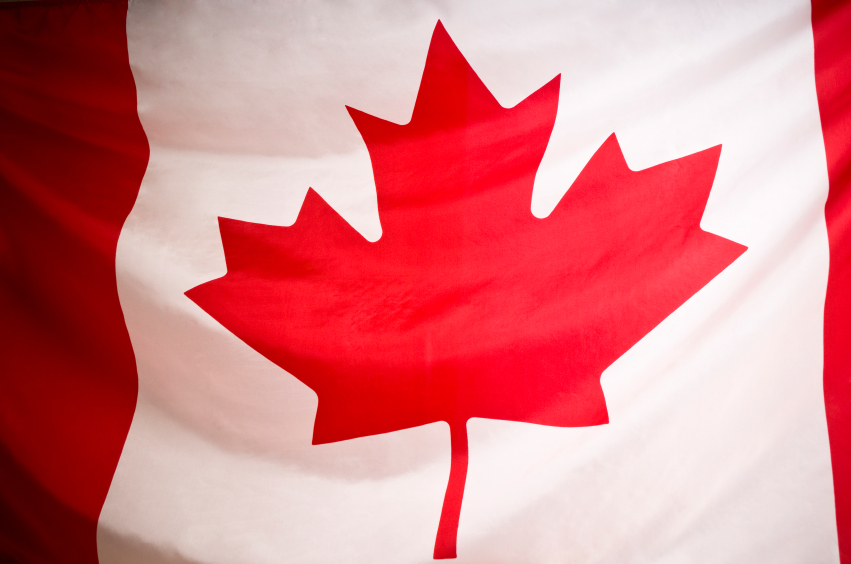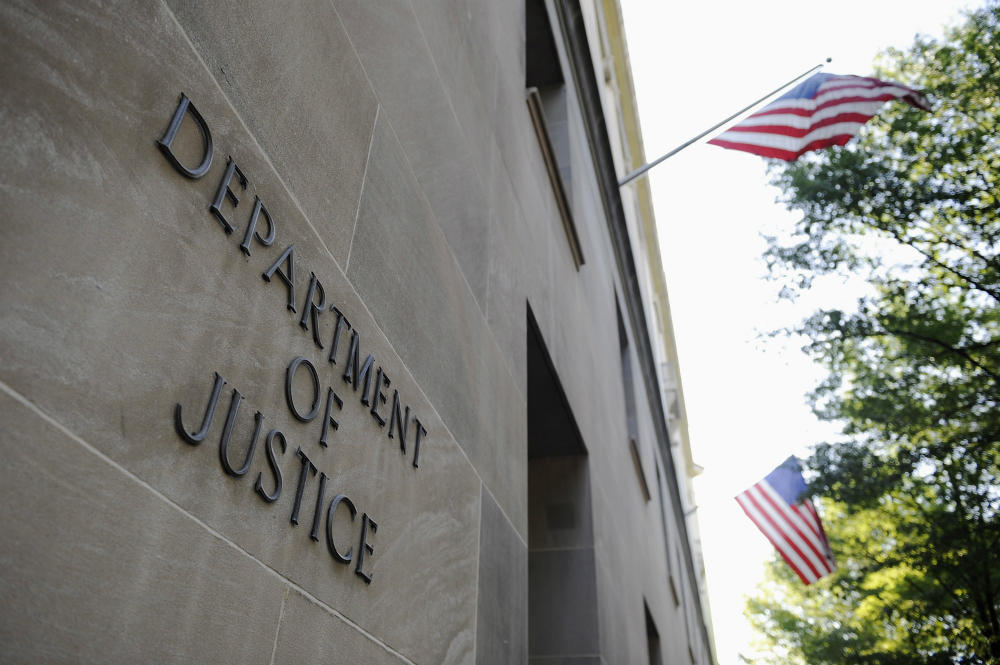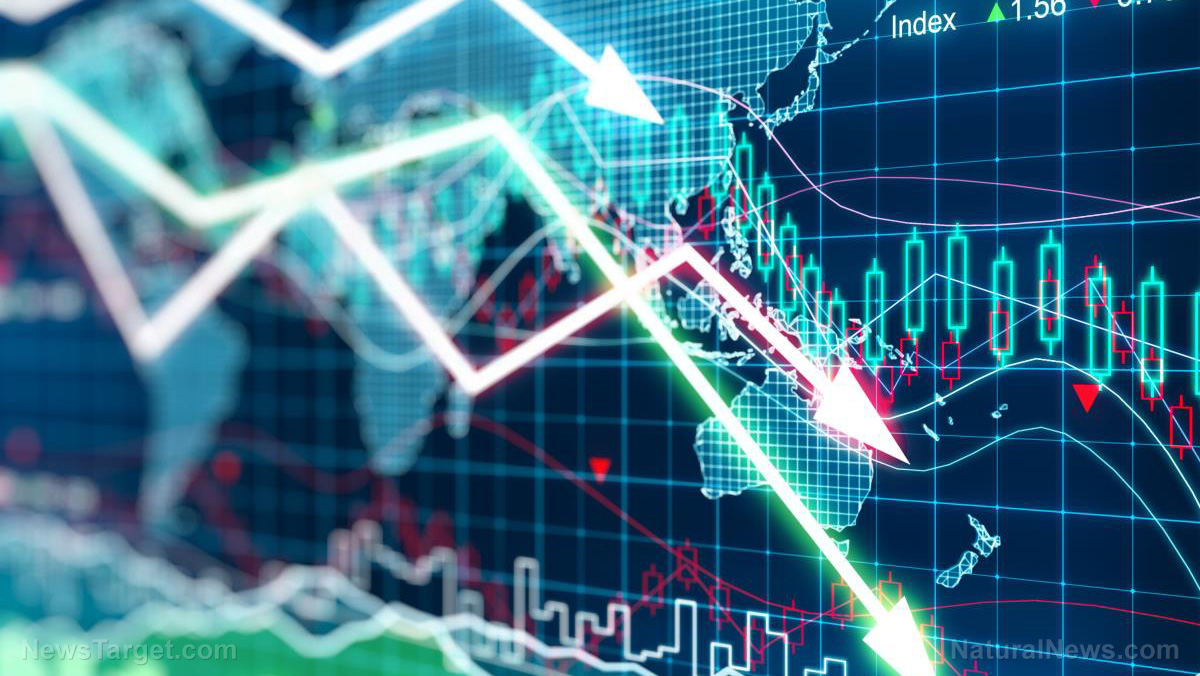Record customs revenue surge fuels deeper divide in escalating U.S.-China trade war
04/26/2025 / By Willow Tohi

- U.S. customs revenue surged to a monthly high of $15.4 billion due to steep tariffs on Chinese imports (up 60% annually). New 25% tariffs on $200B in Chinese goods (and China’s retaliatory 84% hikes) intensified tensions.
- Critics warn of higher consumer prices (1 in tariffs costs Americans 3), inflation spikes (~2% annually) and supply chain disruptions. U.S. industries like agriculture (soybeans) and retail face severe losses, with Midwest farm exports dropping 60%.
- China retaliated by blacklisting 11 U.S. firms and restricting critical components (e.g., defense electronics). U.S. defense vulnerabilities exposed — 70% of rare earth minerals for weapons like F-35s come from China.
- Tariff revenue is a short-term boost but negligible against the $11.3 trillion U.S. deficit. GOP faces voter backlash in Rust Belt states over rising costs and job losses.
- Both nations refuse to de-escalate: the U.S. plans more tariffs, while China threatens WTO lawsuits. Analysts fear prolonged conflict could destabilize global markets and worsen U.S. debt crises ($240B in annual interest).
President Donald Trump’s aggressive trade policies reached a critical juncture this April, as reciprocal tariff hikes with China sent U.S. customs revenues to a record $15.4 billion monthly high, according to Treasury data. The surge, driven by steep tariffs on Chinese imports, has reignited debates over whether the administration’s aggressive stance toward Beijing will resolve unsustainable economic imbalances or instead destabilize global trade.
The record customs revenue — $15.4 billion for March collections, announced Tuesday by the Treasury Department — marks a 60% annual trade surplus. The U.S. imposed a 125% tariff on Chinese goods this week, after Beijing matched its latest tax hikes at 84%, raising concerns about cascading global economic fallout.
“This won’t be an easy path to navigate with both countries doubling down and bilateral engagement at a virtual standstill,” warned former U.S. trade official Wendy Cutler, echoing fears that the tariffs could spur inflation, disrupt supply chains and derail efforts to stem America’s $37 trillion national debt.
Trump’s strategy and the debt crisis
Expert analysis attributes much of the customs windfall to the 25% tariffs on steel and aluminum imposed in March, though the bulk of April’s 10% universal tariff has yet to appear in data. The administration argues these measures are necessary to curb a $620 billion overall U.S. trade deficit and curb Beijing’s suspected unfair practices from intellectual property theft to currency manipulation.
“The U.S. has no choice but to regulate trade flows to avoid a debt crisis,” declared Treasury Secretary Steven Mnuchin in a Monday address, defending policies termed “reciprocal tariffs” as “the only way to ensure economic survival for future generations.”
However, skeptics argue the tariffs ignore the broader economic picture. China has traditionally accounted for a third of U.S. annual imports, but its share has dwindled to third place behind Canada and Mexico amid the trade friction.
“For every $1 of tariff revenue, American consumers ultimately pay $3 in higher prices,” countered economist Jason Furman, chair of the Council of Economic Advisers under President Obama. He highlighted a University of Chicago study estimating inflation could rise nearly 2% annually due to pass-through tariffs.
U.S.-China reciprocal tariff exchange spawns global supply chain concerns
The April 8 clash marked a new phase of escalation. Trump’s 125% tariff came hours after Beijing’s 84% retaliatory hike on American goods such as semiconductors and agricultural exports, which contributed to a 35% plunge in U.S. soybean futures. Chinese buyers are now seeking alternatives like Brazilian soy and South Korean semiconductors, threatening Midwestern farm economies.
“American farmers are being held hostage in this political spectacle,” lamented Missouri livestock producer Karen Weisenburger, whose export contracts to China have dropped 60% since tariffs began. The European Chamber of Commerce in China also warned of collateral damage, as European firms reliant on Chinese manufacturing saw operational costs surge.
Beijing has gone further: labeling 11 U.S. firms “unreliable entities” and banning sales of components with military applications, a move analysts fear could derail critical industries such as defense electronics.
Critics question long-term viability and economic fallout
The trade war’s domestic consequences remain front-page news as well.
- Job disruption: U.S. retailers face inventory shortages as Chinese imports slow. The Furniture Industries Research Association reports a 40% drop in shipment volumes since tariffs began.
- Budget paradox: While the Treasury’s one-day spike to 11.7 billion on April 22 appeared consequential, it represented less than 11.3 trillion deficit for the fiscal year ending June 30.
- Political risk: Republicans privately admit voter backlash grows as voters in rustbelt states face higher appliance costs while severance pay for impacted workers falls to 1/3 of previous year levels.
“A tariff is the worst kind of tax — you can’t control who pays it,” said Senate Finance Committee ranking member Ron Wyden (D-Ore.), criticizing the administration’s heavy reliance on “a blunt instrument.”
In China, the government’s resistance to U.S. demands showed little sign of budging. “American tariffs will ultimately backfire,” declared a blistering statement from Beijing’s Ministry of Commerce, predicting the measures would “weaken the U.S. industrial base and increase recession risks.”
The Department of Defense has also quietly raised concerns, with a March report noting 70% of critical defense components for F-35 fighters and other weaponry rely on rare earth minerals sourced from China—a vulnerability now confronting Miami-based top manufacturer Raytheon.
Delicate balance between revenue boost and trade war escalation
As customs revenue climbs, Trump’s gamble appears to be paying fiscal dividends — at least temporarily. But with no direct talks since January and global markets rattled by volatility, the path to resolution remains obscured.
Neither side shows willingness to retreat. The administration plans further tariffs on Chinese exports, while Beijing threatens WTO litigation. Analysts fear prolonged conflict could force the U.S. into deeper fiscal measures to address its $240 billion annual debt interest payments.
For now, the world watches as one nation’s search for solvency collides with another’s defiance — a standoff with no easy exit for either side.
With Treasury Secretary Mnuchin stating that even higher tariffs are probable, the coming months will test whether revenue gains can outweigh economic instability — or if the trade war triggers a storm neither side can contain.
Sources include:
Submit a correction >>
Tagged Under:
big government, Bubble, China, Collapse, debt collapse, debt crisis, economic fallout, finance riot, market crash, money supply, progress, record revenue, risk, supply chain, tariffs, trade wars, Trump
This article may contain statements that reflect the opinion of the author
RECENT NEWS & ARTICLES
COPYRIGHT © 2017 BIG GOVERNMENT NEWS





















